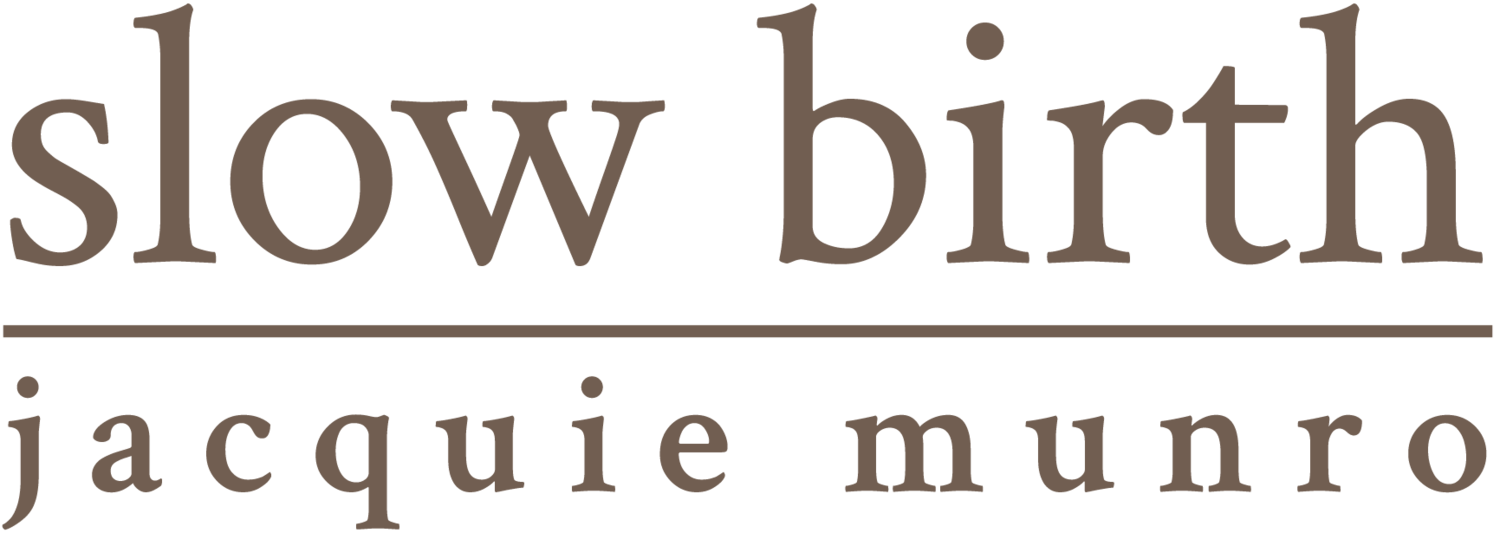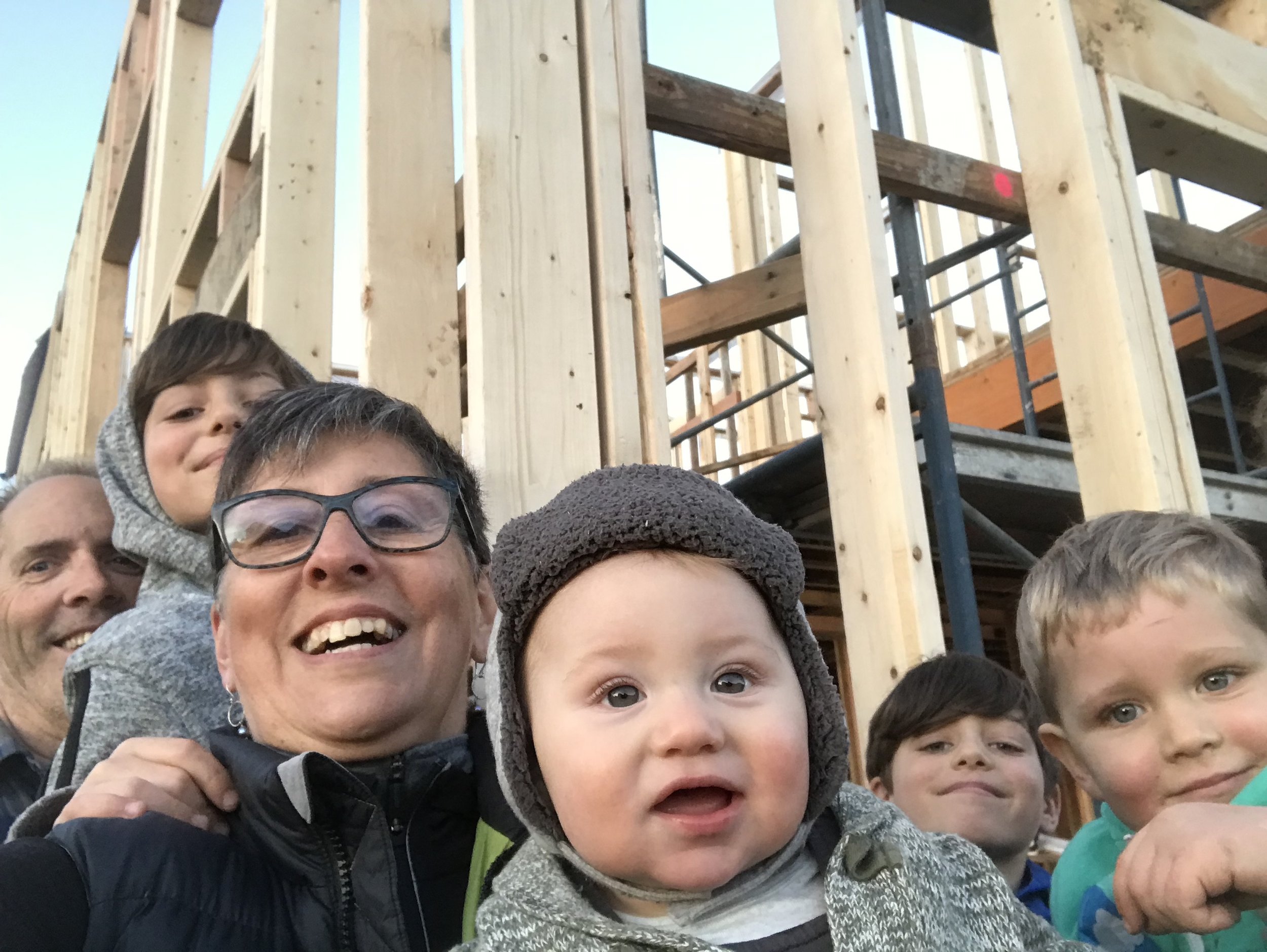I started thinking about the modern society's need for speed and how that related to birth in 1995 when I read Milan Kundera's novel Slowness. Then, in 2004, the idea of Slow Birth bubbled up as I read Carl Honoré's In Praise of Slow. His call for society to slow down mirrored my ongoing work as a doula. Rather than encouraging clients to buy buy buy, or sign up for classes, or follow a prescribed method during pregnancy and birth, I had been encouraging clients to slow down. We talked about taking time for introspection, walking on the beach or in the woods, and slowly finding their own way towards becoming parents. I would often talk about slowing down to "Fiji Time," winding down to one scheduled "thing" per day by 36 weeks. The concept of Slow Birth was born.
In 2004, I had already been a doula for 17 years, and had witnessed many changes over that time. When I was a new doula, the cesarean rate was under 15%. Breech births were seen as a variation of normal, and I hardly knew anyone who had an epidural. By 2004, I had watched the increase in use of medications to start and speed up labour, and seen the alarming rise in cesareans to well over 25%. Our local hospital started to be called "the baby factory." My own client cesarean rate was under 10%, and most of my clients took life slow and had lovely births. But, I wanted to spread the word and help others to just. slow. down.
Now, when I talk about Slow Birth, I'm not talking about living and labouring like a sloth, I'm simply encouraging people to reclaim the natural rhythm of life and birth. There's a merging of knowledge and intuition. During pregnancy, it's about both trusting your body while discovering the best evidence, considering it carefully, and slowly merging the science with your own life lessons. Slow Birth is about being undisturbed, and letting your body take the time it needs to birth a baby. During the Slow Birth of parenting, you watch as your child develop at his or her own pace, without pressure. Learning from your baby. Taking it slow.
Now it's 2018, and I have been part of the slow movement for 14 years. We live within walking distance of two birthing hospitals. I reduced my client load and catchment area, and cycle/carshare/walk to client visits when I can. I take time out for projects with my family. By going slow, I can listen to my clients more effectively, and provide better care for my doula clients.
Clients understand that Slow Birth means that there's no need to sign up for everything, buy everything, or follow a specific method. Birth and parenting thrives when it's undisturbed. Trusting our own bodies, and our children's bodies is key. Slowing down to your newborn's pace reveals many gifts. And by the time your child is five, if you just spend an afternoon sitting on a porch and watching your child at the other end of the garden, observing a spider spin its web, then it's been a good day. Allowing labour and life to unfold as it wants to, without pressure, is key to Slow Birth.
Trying to get all the grandkids into the selfie with Bob and I, after a good day of slow building!

